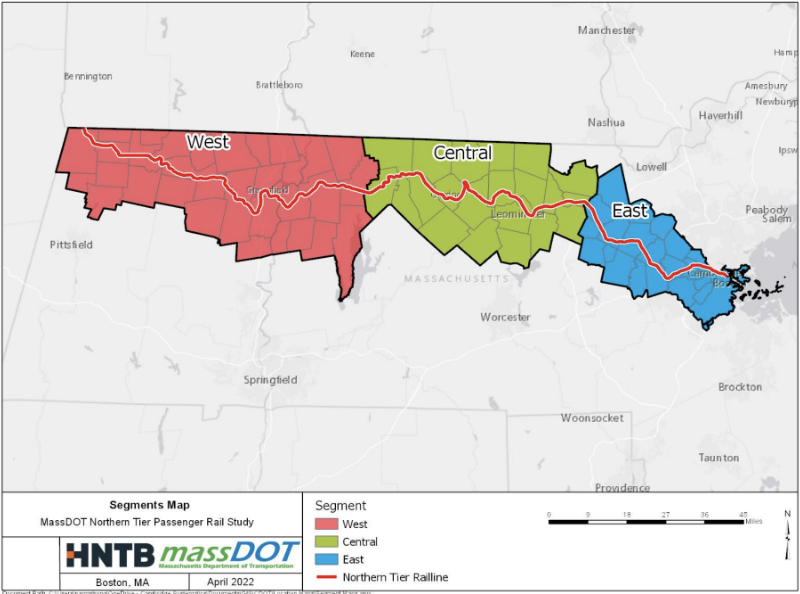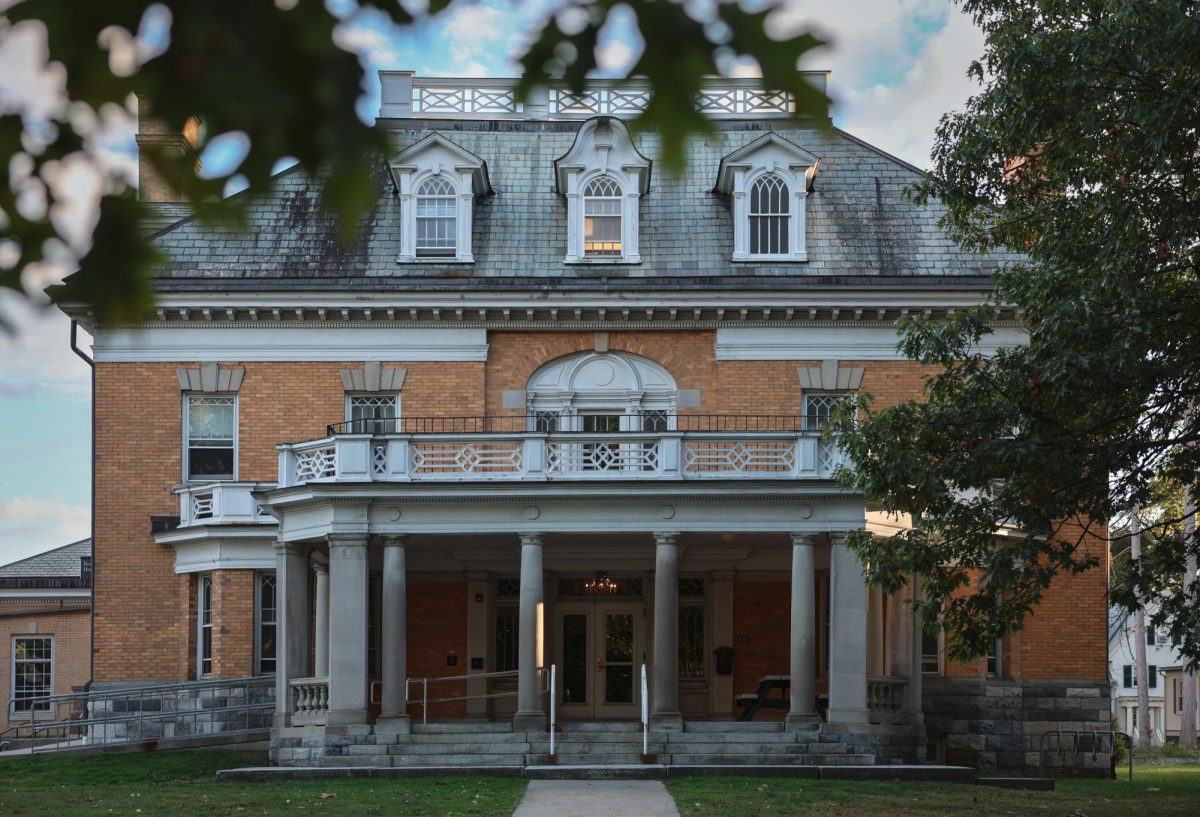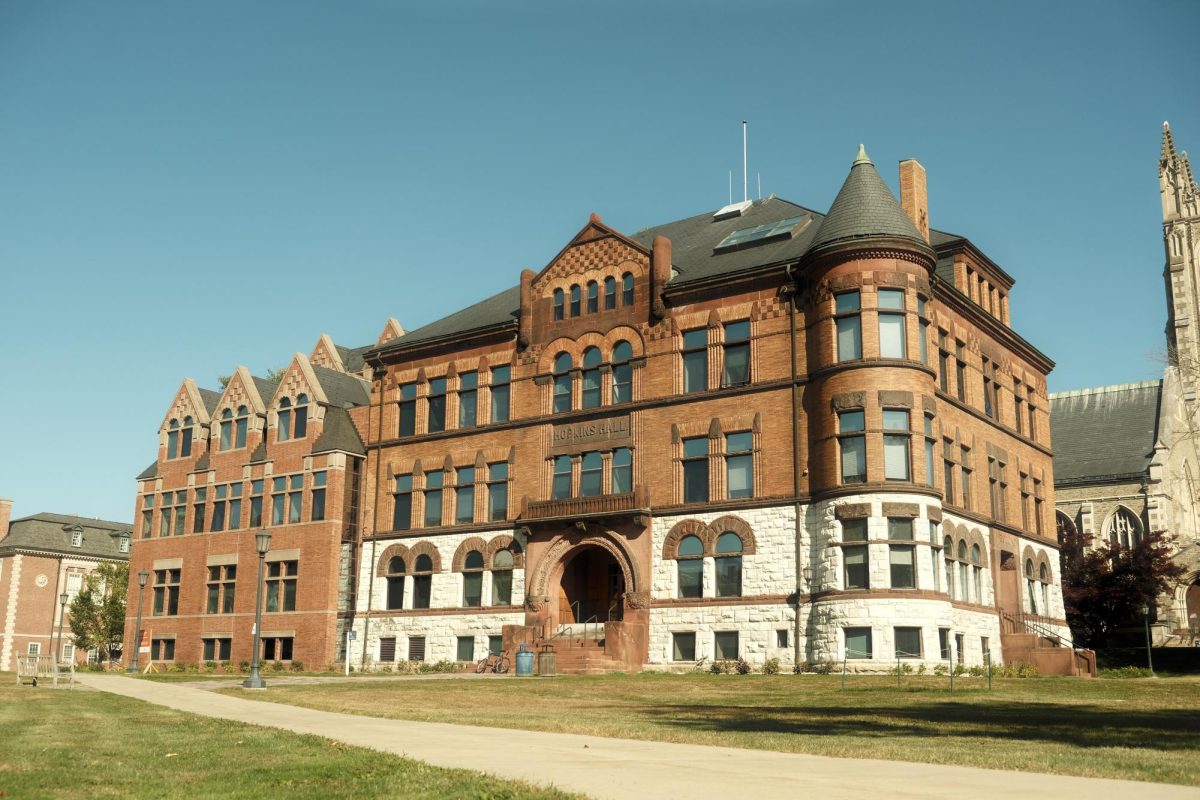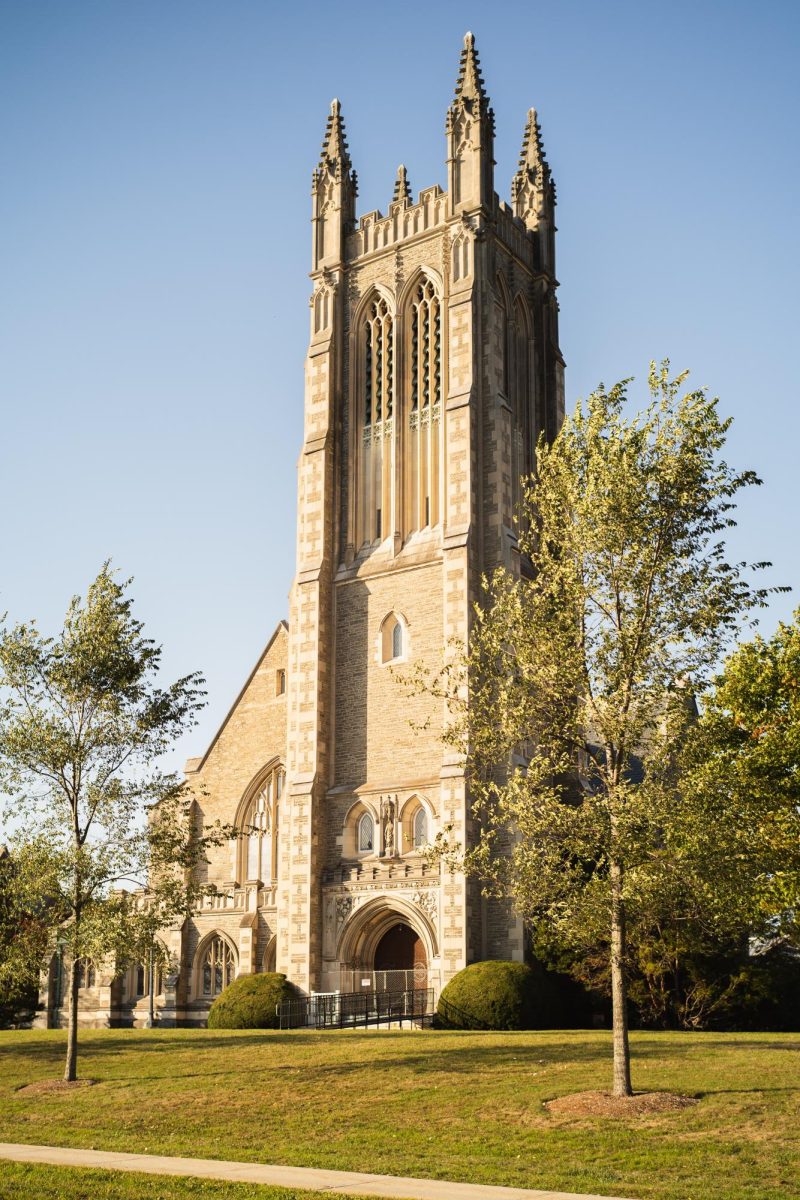The Massachusetts Department of Transportation (MassDOT) is finalizing its report on the feasibility of the Northern Tier Rail Expansion Project, which would bring passenger rail service between Boston and Northwestern Massachusetts for the first time since 1956, with a likely terminus in North Adams, Mass.
Elain He ’26 and Christopher Rodriguez ’26 spent this past summer working for the Center for Learning in Action (CLiA) to advocate for the initiative, creating a website to increase awareness about its origins and purpose. The pair collaborated with Massachusetts State Representative John Barrett III and received faculty advising from Professor of Political Science James Mahon.
“I thought [the project] was interesting given my background of architecture and art,” Rodriguez said. “Having a train from North Adams to Boston would be incredible, because it would be such an easy way of traveling to a major city,” he continued, noting that travel can be difficult for students without cars.
Rodriguez and He’s website also documents the possible economic benefits of returning train service to Northwestern Massachusetts. By attracting businesses and investors, the rail line will spur economic growth for towns along the rail corridor that have seen population declines in recent years, the website says. “If we redevelop the rail, then people from Boston will migrate out of the city,” Rodriguez said.
In January, MassDOT proposed two potential plans for the project, one that costs $1.04 billion and another that costs $2.18 billion, with the latter promising more track upgrades and faster travel times. At a public information meeting on Oct. 26, Makaela Niles, MassDOT’s project manager for the Northern Tier Rail Project, and the research team hired by MassDOT presented four more options for the project, including electrifying the rail line west of Fitchburg, Mass., adding full local service throughout the route, adding an extension to Albany, N.Y., and adding a connection to the Massachusetts Bay Transportation Authority’s commuter rail to Boston at Fitchburg.
These new proposals all share a travel time from Boston to North Adams of roughly three hours and range in cost from approximately $1.5 billion to almost $3 billion, with the electrification plan presenting the highest price tag. The electrified service and full local service options also have the highest ridership estimates of roughly 304,200 passengers annually.
“I think it’s incumbent upon all of us who believe in this project that we now start to get our campaign live and going so we can move forward,” Barrett said at the meeting.
One hundred forty-three Town residents attended the meeting to offer their thoughts on the proposals, including Mahon. “I would say [the meeting was] encouraging because the costs were lower than expected,” he said.
CLiA Director Paula Consolini also emphasized the relatively low costs of the project in an interview with the Record. “A billion dollars seems like a lot of money — except that in the realm of public infrastructure projects, it’s nothing much at all,” she said. Compared to the Green Line extension project in Boston which cost hundreds of millions of dollars per mile, MassDOT estimates this project will cost around $10-20,000 per mile. Consolini first learned about the project from Barrett at a community engagement event at the faculty club in April. Since then, she has coordinated efforts to bring faculty and students on as part of the project through teaching Winter Study course CLIA 21: Introduction to Engaged Scholarship and co-teaching PSCI 21: Fieldwork in Public Affairs and Private Non-Profits. “There’s great room to support the work of the team that’s doing the research, and also much more work to be done to raise awareness in the community,” she said.
President of the College Maud S. Mandel has also endorsed the project, according to Rodriguez and He’s website. “I believe Northern Tier rail would have a significant positive impact for the people of Williams and our communities throughout the region,” she wrote. “In my opinion, few other programs at the state level would have as great or as beneficial an effect.”
Consolini remains optimistic about the feasibility of the project. “If we galvanize folks… things can go more quickly than people imagine,” she said.









